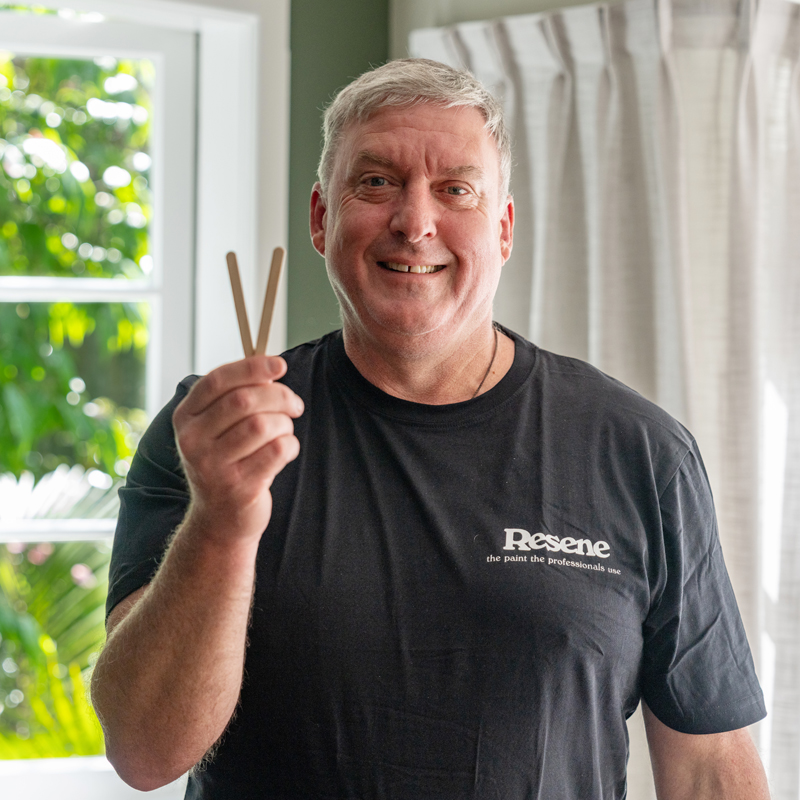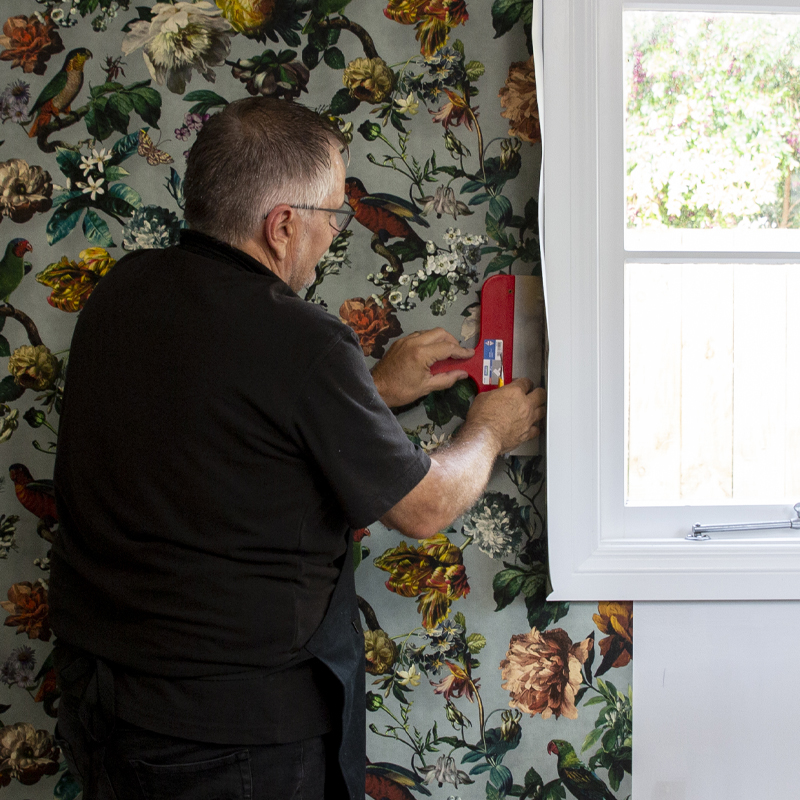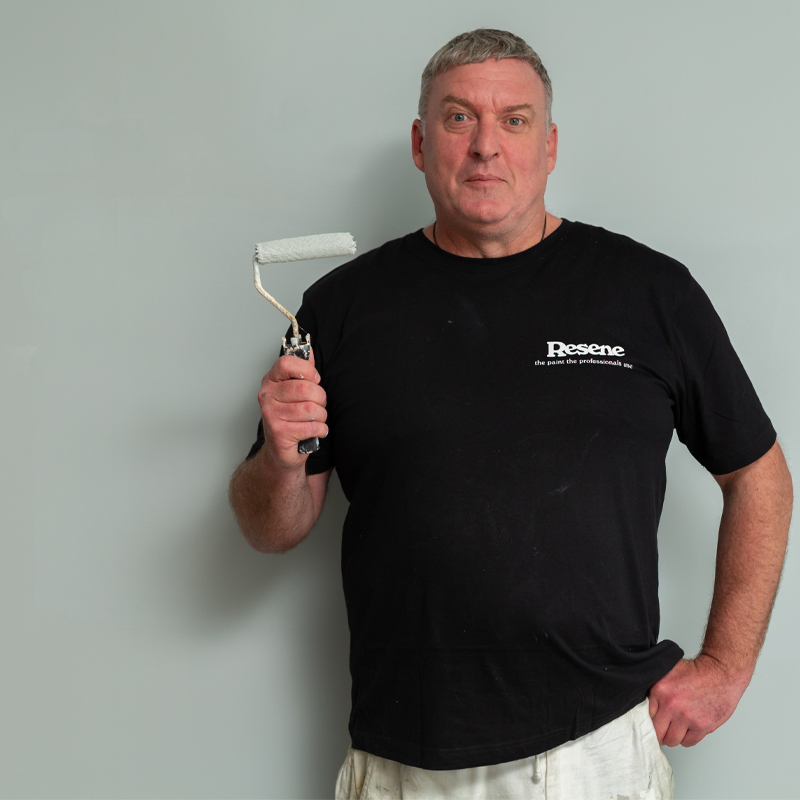Whether you’ve finally built up the confidence to tackle your first paint job or consider yourself a confident DIYer, these three ingenious hacks are guaranteed to make the process easier, helping you achieve a better finish and get the best out of your Resene paint and equipment.
In these three videos, Resene paint experts Murdo Shaw and Johnny Warwick share practical, professional advice and their tricks of the trade to help elevate your skills and master paint jobs around your home.
Hack #1: How to correctly open and close a paint can
While opening and closing a paint can might seem like a basic step, doing it correctly is more important than you think. If the lid or groove is damaged or bent out of shape, this may mean the can won’t reseal properly once you’re finished painting. This will, in turn, expose the paint to air and contaminants, drying out the paint or potentially damaging the formulation or. If paint is stored correctly it can last for years, so protecting your investment is key. An unsealed lid can also obviously cause major spills if the can is knocked over.
While a screwdriver may be many people’s first choice of tool to use when opening a paint can, a Resene Paint Can Opener is a far better option, as Murdo demonstrates in the video above. The flat tip ensures no damage is done to the groove, while the looped end makes it easy to grip and work with.
To open a paint can, gently lever the lid loose by working your way round the lip and voila! To get it back on, make sure the lip is nice and clean by wiping it with a cloth – paint build-up can affect the quality of the seal and cause the rim to rust. Slowly put the lid back on, working your way around the sides. To prevent denting or damaging the lid by hammering directly onto it, take a small block of wood and hammer onto that to get the lid back in place smoothly and seamlessly or use a soft mallet.
As paintbrushes can transfer surface contaminants back into the can, always tip as much paint as you need for your current session of painting into a separate paint pot or tray and use this for painting. This also saves you lugging around a full can of paint.
Once the job is done, some decorators like to cover the top of the paint can with plastic wrap, place the lid on securely and store it upside down. The paint will create a tight seal around the lid and will remain fresh. Whether you store your paint right side up or upside down, make sure you store it in a cool and dry place, away from extreme heat or cold and out of reach of children.
Remember to write where you used the paint onto the can before you store it to make it easy to find the right paint if you need to touch up a room later.










